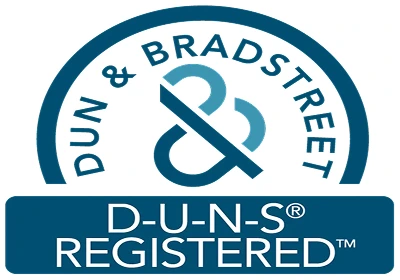Medical Devices Published Insights
Published Date : 22 Jan, 2026
A surgical mask, or medical face mask, is often used by healthcare professionals as it serves as a physical barrier between the nose and mouth of the wearer and potential contaminants in the immediate environment. Surgical masks often used during a surgical/medical pr... View more
Published Date : 22 Jan, 2026
Wound closure is the final step of surgical intervention. The primary function in the wound treatment is characterized by wound closure procedure. Surgical wounds can be left to heal by themselves (secondary intention healing) or they can be closed surgically. Surgica... View more
Published Date : 22 Jan, 2026
Spinal fusion devices are used to provide stability to spinal structure, which has lost stability due to a fracture, degenerative disorders of the spine, trauma, tumors, and deformity. Spinal cord injuries majorly happen due to various reasons such as a blocked blood ... View more
Published Date : 22 Jan, 2026
Extracorporeal membrane oxygenation (ECMO) assists cardiopulmonary functions outside the body. Based on the location of drainage and reinfusion there are three different types of extracorporeal membrane oxygenation system which are arteriovenous, venoarterial, and ven... View more
Published Date : 22 Jan, 2026
Dental devices are medical devices used by dental professionals to examine, manipulate, treat, restore, and remove teeth and surrounding oral structures. A dental drill or handpiece is a hand-held, instrument used to perform a variety of common dental procedures, incl... View more
Published Date : 22 Jan, 2026
Respiratory disposables are medical devices used in conjunction with the respiratory devices, such as oxygen therapy devices, nebulizers, and ventilators, to treat respiratory disorders such as asthma, COPD, sleep apnea, etc. A wide range of respirator types and model... View more
Published Date : 22 Jan, 2026
Cleanroom gloves are mainly intended to be used in cleanrooms and controlled environments. Cleanroom gloves are used to protect products and therapeutics from contamination. Cleanroom gloves are developed to prevent particulate contamination, meet stringent industry s... View more
Published Date : 22 Jan, 2026
Drug delivery refers to the technology utilized to present the drug to the desired body site for drug release and absorption. Intranasal drug delivery offers a rapid onset of therapeutic effects (local or systemic). Nasal applications of topical decongestants or anti-... View more
Published Date : 22 Jan, 2026
Insulin, a glucose directing hormone, is an essential part of the treatment plan for people with type 1 diabetes mellitus and advanced type 2 diabetes mellitus. Insulin helps control the body's blood sugar level. Insulin helps the body to use sugar for the energy it n... View more
Published Date : 22 Jan, 2026
An implantable cardiac devices is used to regulate and detect irregular heartbeat. The implantable cardiac device includes biventricular pacemakers, ... View more
Published Date : 22 Jan, 2026
Respiratory Muscle Training (RMT) can be defined as a technique that aims to improve the function of the respiratory muscles through specific exercises. RMT is indicated for people who have respiratory conditions such as asthma, bronchitis, emphysema and Chronic Obstr... View more
Published Date : 22 Jan, 2026
A cardiovascular ultrasound is a type of ultrasound that focuses on heart and blood vessels. In echocardiogram tests, this type of imaging can be used to assess the function of various parts of cardiovascular system. An echocardiogram (echo) is a visual representation... View more
Published Date : 22 Jan, 2026
The urea breath test is used to detect helicobacter pylori (H. pylori), a type of bacteria that may infect the stomach and is a main cause of ulcers in both the stomach and duodenum (the first part of the small intestine). The incr... View more
Published Date : 22 Jan, 2026
The primary function of cleanroom consumables is to protect products and processes from contamination caused by humans and their personal garments. The requirements for cleanroom garments and gloves and other consumables vary from location to location. A cleanroom is ... View more
Published Date : 22 Jan, 2026
Anterior cruciate ligament and posterior cruciate ligaments connect bones that form the knee and stabilize joint movement. Both ligaments are important as they prevent femur from sliding against the tibia and vice versa. ACL injuries occurs due to excessive use, physi... View more
Published Date : 22 Jan, 2026
Microneedling is a minimally invasive therapy that involves superficial micro puncturing of the epidermis using a dermapen or a roller embedded with thin, tiny metal or silicon needles, according to the American Academy of Dermatology Association. The technique's main... View more
Published Date : 22 Jan, 2026
Medical adhesives and sealants are used to seal the wound during surgical procedures for effective patient management without harming the wound. Moreover, adhesives are effectively used in the application of external wound to prevent patient involvement in painful sti... View more
Published Date : 22 Jan, 2026
Hospital beds are used for proper patient care in various settings such as elderly care facilities, home care settings, ambulatory surgical centers, and hospitals. ... View more





